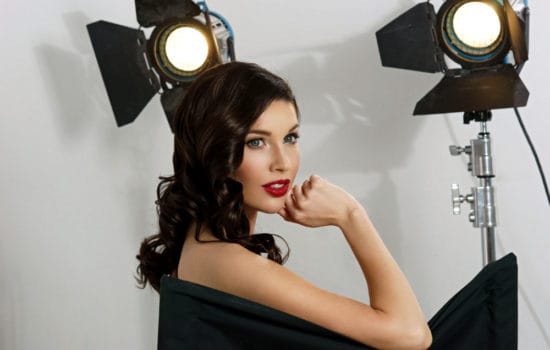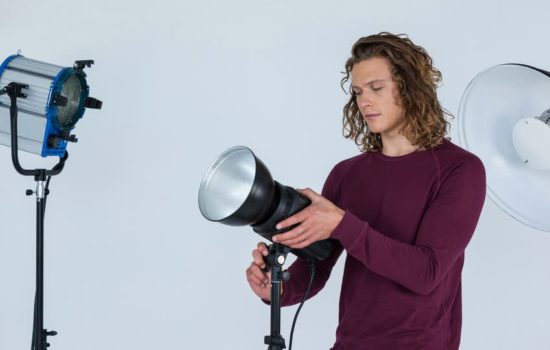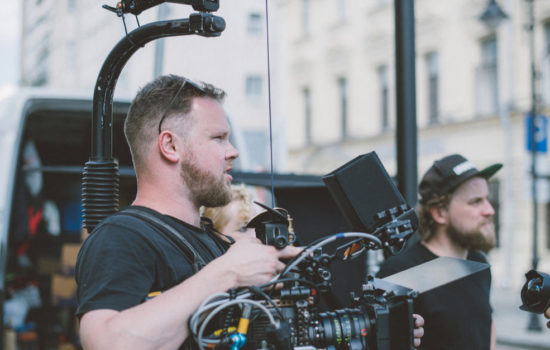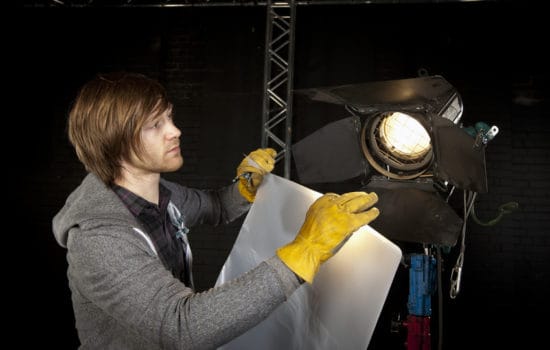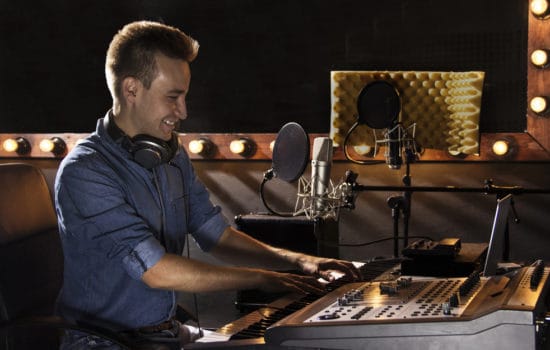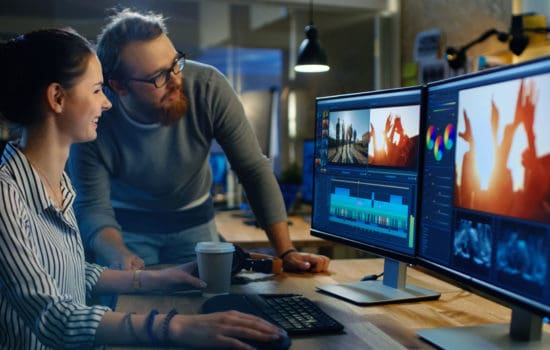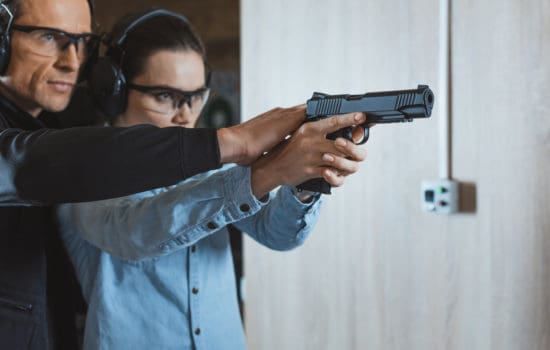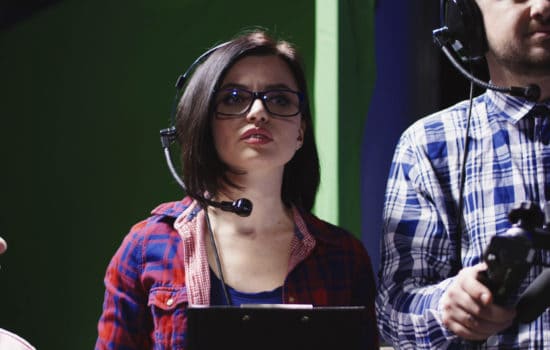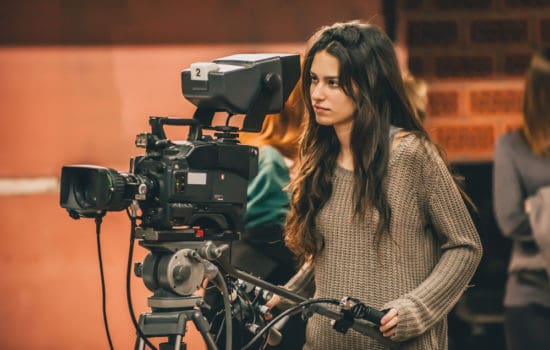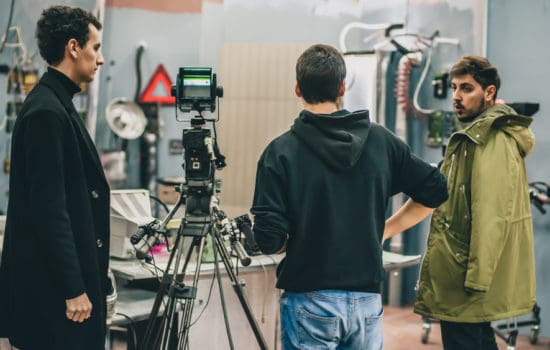What does ADR stand for editing?
ADR stands for Automated Dialogue Replacement and boiled down, it’s the process of recording dialogue in a studio after filming is completed to redo and replace the lines that have been recorded on set. This new audio needs to be completely in sync with the mouth movements of the actor/actress in the original shot so as to appear natural and believable.
Despite the advancements in the technological aspects of ADR in film, the process still often requires many studio hours and a great deal of work. ADR recording takes place in ADR sessions in which an Actor (repeatedly) watches a scene they previously filmed while listening to the original production track on headphones to help guide them. Reviewing the material repetitiously directs talent on inflection, enunciation, and the timing they’ll be aiming to reach when it’s time to make the recording. They then re-perform each line to match the lip movement, wording, and performance.
Categorically, this process is separated into Visual ADR and Audio ADR. Visual ADR is when the actor only watches their performance and re-records their lines, while Audio ADR refers to the actor only listening to their performance on headphones. The needs of the production will dictate which form of ADR they’ll be using.
ADR is used across the filmmaking spectrum, from big, tentpole Hollywood films to lower-budgeted independent productions. The frequency and extensiveness of its use is entirely dependent on the needs of each individual production.

